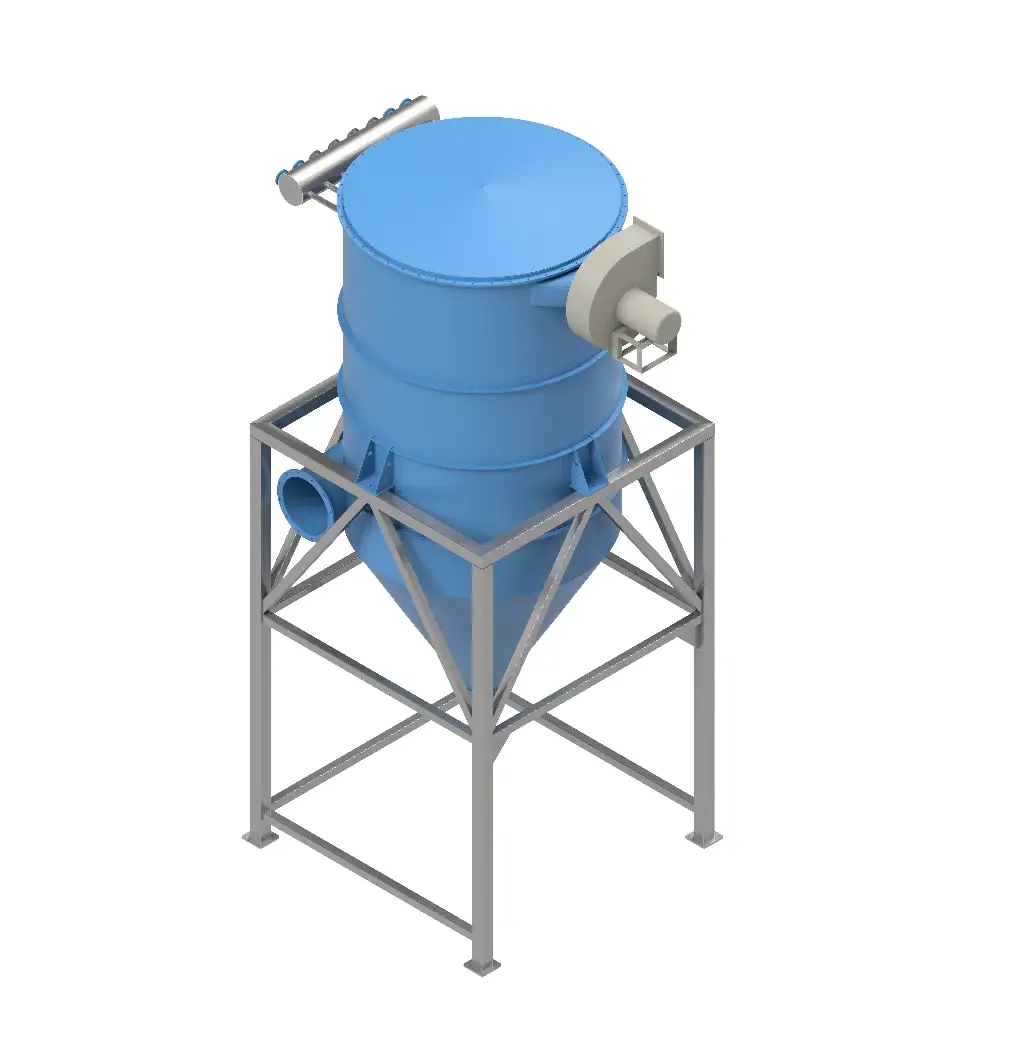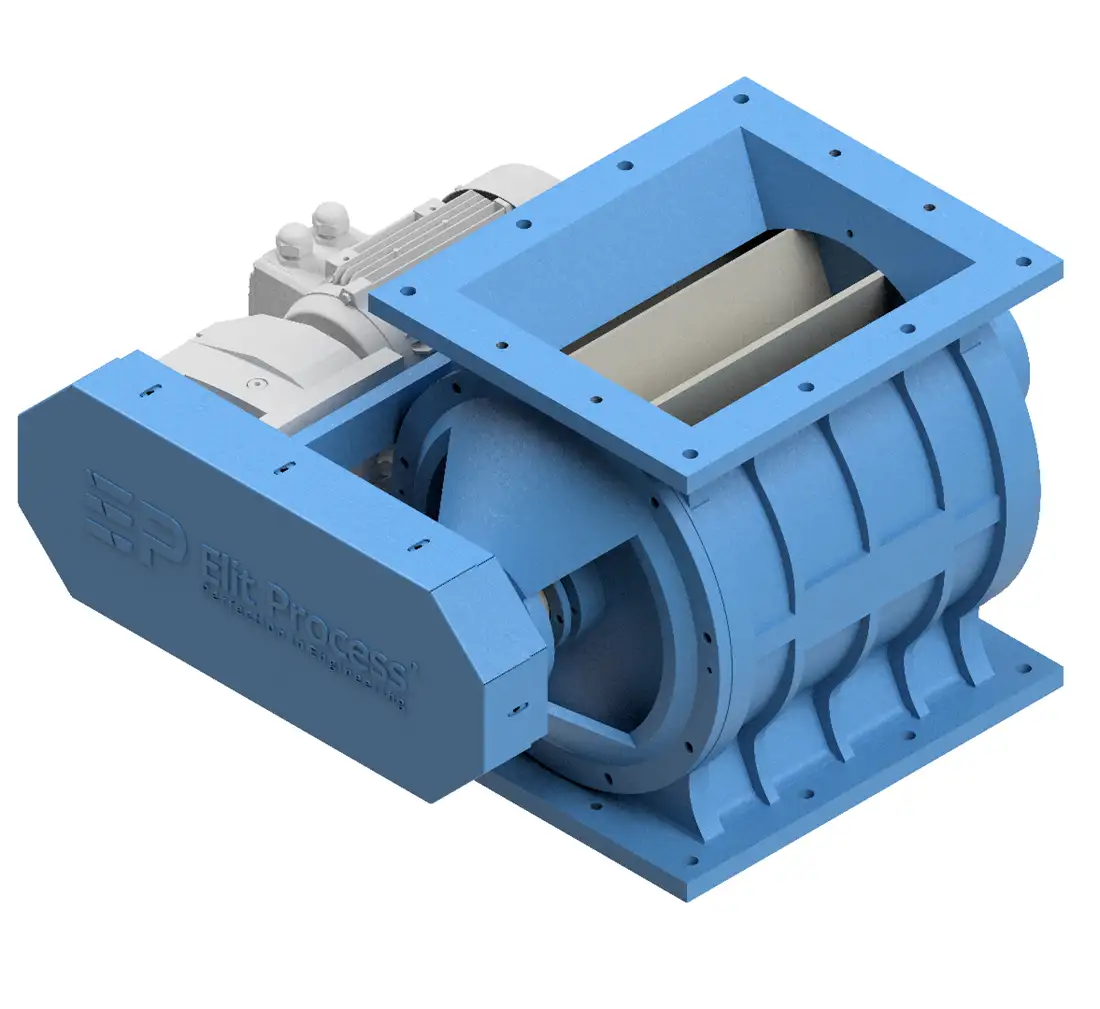Home Page
Dense Phase Pneumatic Conveying System
Dense Phase Pneumatic Conveying System
The process begins by filling a pressure vessel with a batch of bulk material. The pressure vessel is sealed to create a closed system.
Positive pressure is applied to the pressure vessel using a pressure source such as a positive blower or compressor. This pressurizes the air within the vessel.
Compressed air fluidizes the bulk material, creating an aerated mass within the pressure vessel.
The material is then injected into the conveying pipeline. The discharge device ensures that the material injected into the pipeline is transferred smoothly.
In pipeline transportation, the dense material is blocked between the pressure tank and the pipeline, creating a pressure difference, and the blocked material moves along the pipeline. This movement occurs in a controlled manner and occurs at lower speeds compared to dilute phase transportation.
Once the material reaches the end of the pipeline or destination, the pressure is released and the material is allowed to settle at the destination.
At the material destination, the conveying air is separated from the material. Cyclones, filters or other separation equipment are usually used to recover the material that has been entrained in the air.
| Product Information | |
|---|---|
| Features: | Dense phase conveying systems are preferred in various industries and different applications because they enable large amounts of material to be transported in longer pipelines. The most frequently transported materials in dense phase systems are products such as cement, lime, sand, gypsum, fly ash and calcium carbonate. |
| Product Details | |
|---|---|
| Design: | Custom Designed. |
| Please contact us for more information. |
Please contact us for more information.





